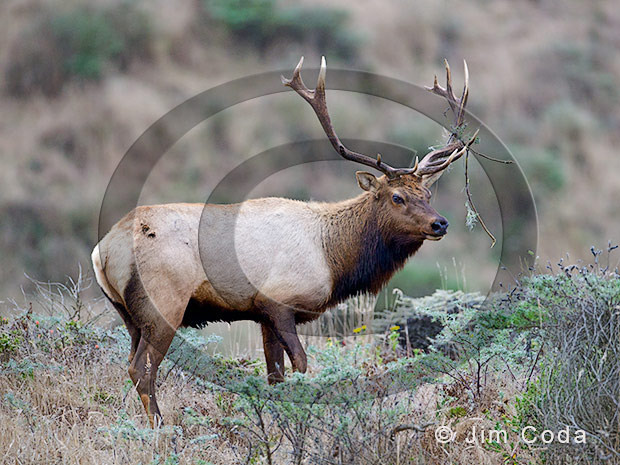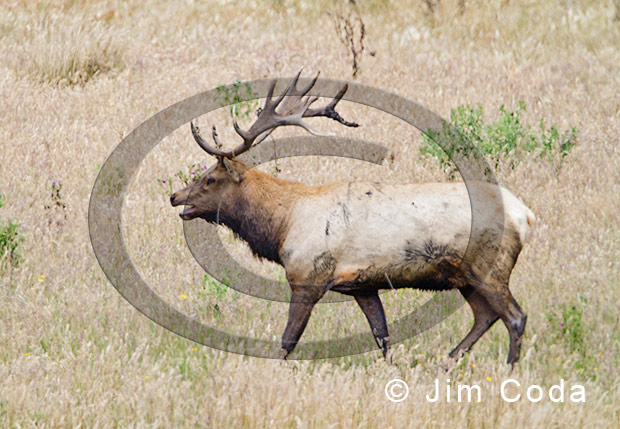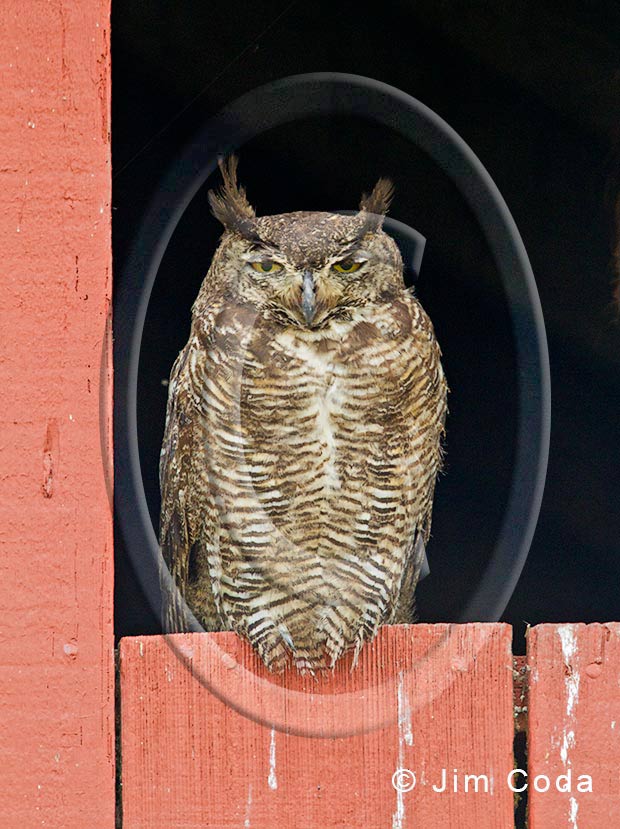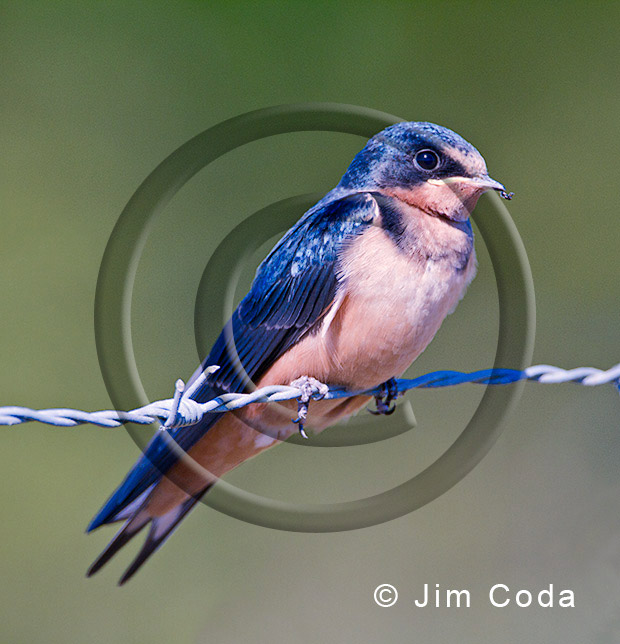Bull Tule Elk During the Rut

The rut is in full swing at Point Reyes. This bull had a harem of six or seven cows and a few yearlings and calves near Pierce Point Ranch. He got into one big fight with another bull of about equal size. He prevailed, but these bull elk sure work hard to pass on their genes. I saw a bull limping due to some problem with his left foreleg or shoulder. It reminded me of a limping bull on the D Ranch near Drake’s Beach. He also had something wrong with his left leg or shoulder.
Bull Tule Elk After a Fight

I wrote this post at the same time as the previous one. The point of this one was going to be to show how the bull in that post looked after an apparent fight. In looking over the draft of this post I now realize this isn’t the same bull. This bull’s antlers are “palmated,” especially the right one. Furthermore, I don’t see any baling twine. I guess I jumped to the conclusion that it was the same bull because this big bull was returning to the same 8 cows that I saw the previous bull with in the same spot an hour before. In view of the fact that this is the one returning to the harem, it appears he is the dominant bull in this area.
He was limping very noticeably which seemed to be due to an injured left shoulder. The area behind his lower left shoulder seems devoid of any hair. His left flank may also show evidence of a fight. He was panting heavily for the 10 to 15 minutes I observed him and his mouth was open almost all that time. I assume this bull was in a fight with the bull in the previous post. Even though he was showing signs of stress from what I presume was a fight, he still checked out a couple of cows that must have been close to being ready to mate. Being the dominant bull is a lot of work and leaves the big bulls in a weaker state when winter arrives. Point Reyes is a pretty safe place though for a weakened bull elk. It’s a lot tougher in Yellowstone with the low temperatures, the snow and the wolves.
Bull Tule Elk with Baling Twine Caught in Antlers

This 7-point bull is the largest I’ve seen so far this fall in that portion of the Limantour herd that uses the D Ranch near Drake’s Beach. About an hour after this photo was taken I saw him again and he was limping. I think he had been a in a fight. What I want to point out in this photo, however, is that he has some baling twine caught in his antlers. Here is a closer view of the baling twine.

Baling twine and baling wire, which are used to bale hay, cause many unnecessary injuries and deaths each year to wildlife. Animals manage to get their legs, talons and other body parts tangled in it. To read an article about its dangers click here. The next time this bull scrapes ground cover some of it will get caught in the twine and some of it may cover the animals face, including its eyes. Depending on its breaking strength, it may also tie the bull to a fence or a piece of vegetation that the bull can’t break or it may hold two bulls together when they try to break from a fight. Tensile strength is in the hundreds of pounds. Other species, such as ospreys, are attracted to it for nest-building material. There are reported cases of ospreys being killed when flying with a long piece of it dangling from their talons. The trailing piece gets caught in a tree limb as a bird flies over it and the bird dies either immediately or over a long time if it can’t free itself of the twine. If it makes it into the nest it can cause death there as well. To see what can happen at a nest site click here. It reminds me of monofilament fishing line which thoughtless fishermen discard. Monofilament is even used for some baling products. If you see discarded baling twine please collect it and dispose of it properly. Included in that is cutting it into small pieces so it doesn’t become dangerous again on the surface of a landfill.
Baling twine is now being manufactured that decomposes over time. While this is a step in the right direction, it doesn’t break down for over a year.
Coyote, Point Reyes National Seashore

I photographed this coyote on my last trip to Point Reyes. The photo was taken just before noon. Seeing a coyote midday is fairly unusual, especially for the summer months. They are crepuscular (active during dawn and dusk hours) and nocturnal. That doesn’t mean you will never see them during daylight hours. It just means that they are less active then. I believe there is a seasonal aspect to it as well. I see far more coyotes during the daytime in winter months than I do during summer months.
I spotted this individual while driving back from the Pierce Point area. I stopped slightly past the coyote and had to hand-hold for this photo. Not my first choice with a big lens.
Great Horned Owl, Point Reyes National Seashore

I went out to Point Reyes a couple of days ago. The elk rut has started, especially with the Limantour herd. The Tomales herd seems to lag behind the Limantour herd in antler shedding, antler re-growth, mating and calving.
On my way to check on a part of the Limantour herd I saw this adult great horned owl. I was pleased to find it roosting where it was. They’re hard enough to find and most of the ones I find are in trees with distracting backgrounds.


